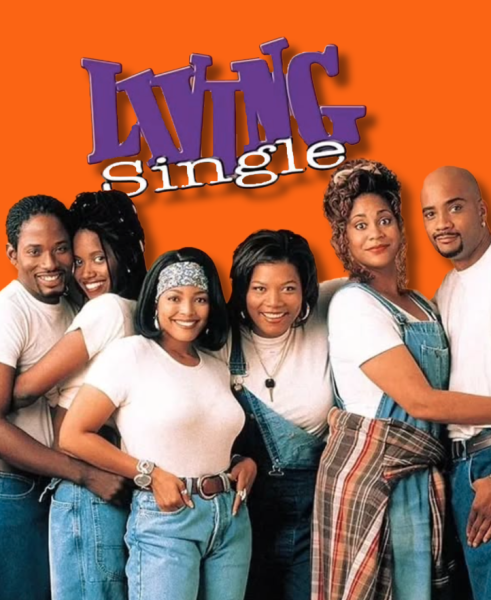The Drive to Survive

“Formula 1: Drive to Survive” is a documentary that offers a rare behind-the-scenes look at one of the top sports in the world. (courtesy of Facebook)
“Formula 1: Drive to Survive” is a documentary that offers a rare behind-the-scenes look at one of the top sports in the world. First, some backstory. Formula 1 (F1) is the highest class of international auto racing for single-seater formula racing cars all across the world. “Drive to Survive” is a collaboration between Netflix and Formula 1 to give a behind-the-scenes look to its drivers and races of the Formula 1 championship.
So far, there have been three seasons released annually. The first season was released in 2019 and recapped the 2018 Formula 1 world championship. The second season was released in 2020 and recapped the 2019 world championship. The third season was released this year and, you guessed it, recapped the 2020 season. A fourth season has been confirmed to release next year, recapping the current 2021 season.
“Drive to Survive” takes a particular season and breaks it down into several storylines that occurred throughout the season. In the first season, one storyline that persisted throughout was the relationship between constructors Red Bull and Renault. Red Bull ended up announcing that it would no longer have Renault as its engine provider, opting for Honda engines instead. Renault responded by signing then Red Bull driver Daniel Ricciardo, escalating tensions between the two teams.
The second season showcases the result of Ricciardo switching teams. That one move led to other drivers being shuffled around, especially in Red Bull. Halfway through the season, they dropped Ricciardo’s replacement Pierre Gasly for Alex Albon.
In the most recent season, the show focuses on the COVID-19 pandemic and how it affected the 2020 season. “Drive to Survive” gave viewers unprecedented access to teams and drivers that had never been seen before. For example, in the third season, they focused on Romain Grosjean, who was in a massive accident in the 2020 Bahrain Grand Prix that nearly cost him his life.
Before “Drive to Survive,” I wasn’t the biggest F1 fan, but after watching it, I was hooked. Now I’m waking up early to watch the races and writing articles about them in The Fordham Ram. The next race is this weekend in Mexico, and I’m going to be there. “Drive to Survive” has had a massive impact on its following in the U.S., a country where F1 has struggled to get a foothold. F1 broadcasts are now being shown on ESPN and reporting higher viewership ratings in comparison to previous years. Just this past week, F1 raced in Texas for the U.S. Grand Prix, where F1 had its highest attendance ever, with 400,000 people going across the race weekend. F1 is even adding a new race in Miami for next year, which means that the U.S. will have two races on the calendar.
If you haven’t seen the show, I highly recommend it. It gives new fans of the sport a great introduction to F1 while also giving diehard fans more content and a peek into how the teams and drivers operate. While you’re at it, watch the final five races of the season. This season’s championship is now down to Max Verstappen and Lewis Hamilton, and this season looks like it will go down to the wire.

Michael Hernandez is a sophomore at Fordham’s Gabelli School of Business, majoring in marketing with a concentration in sports business. He started on...












































































































































































































